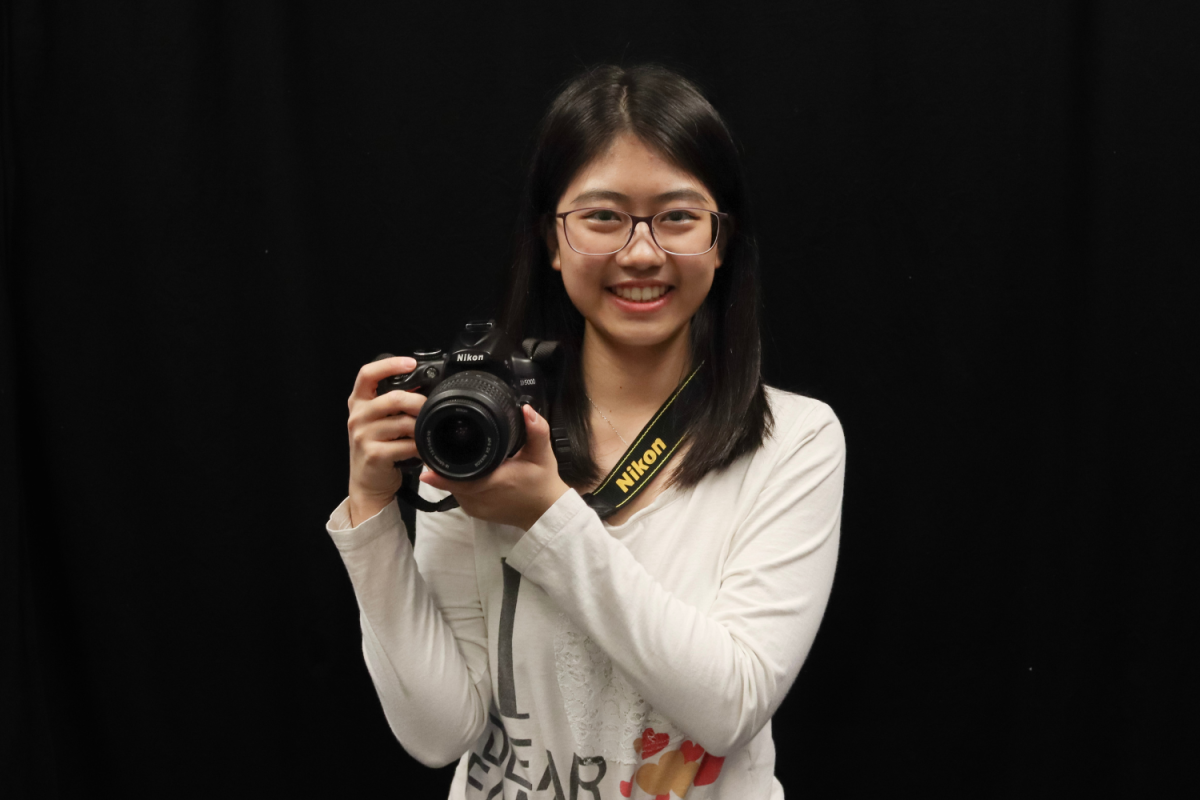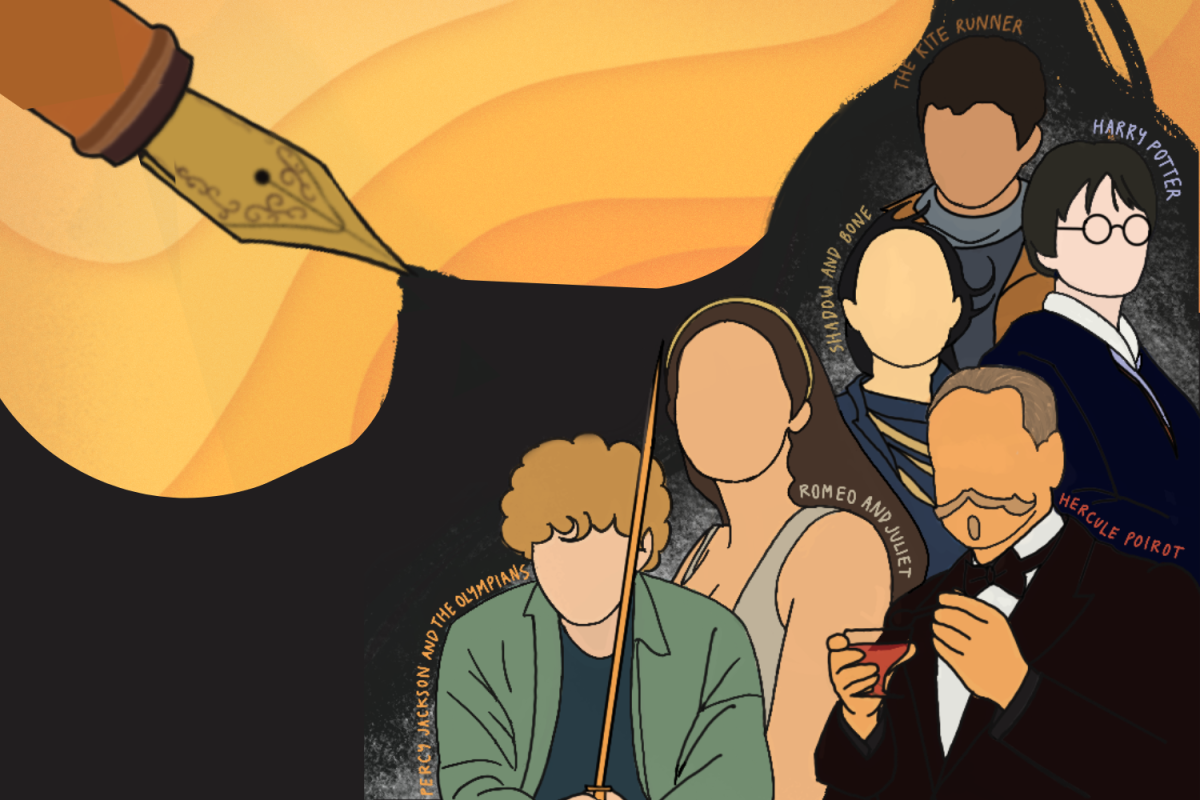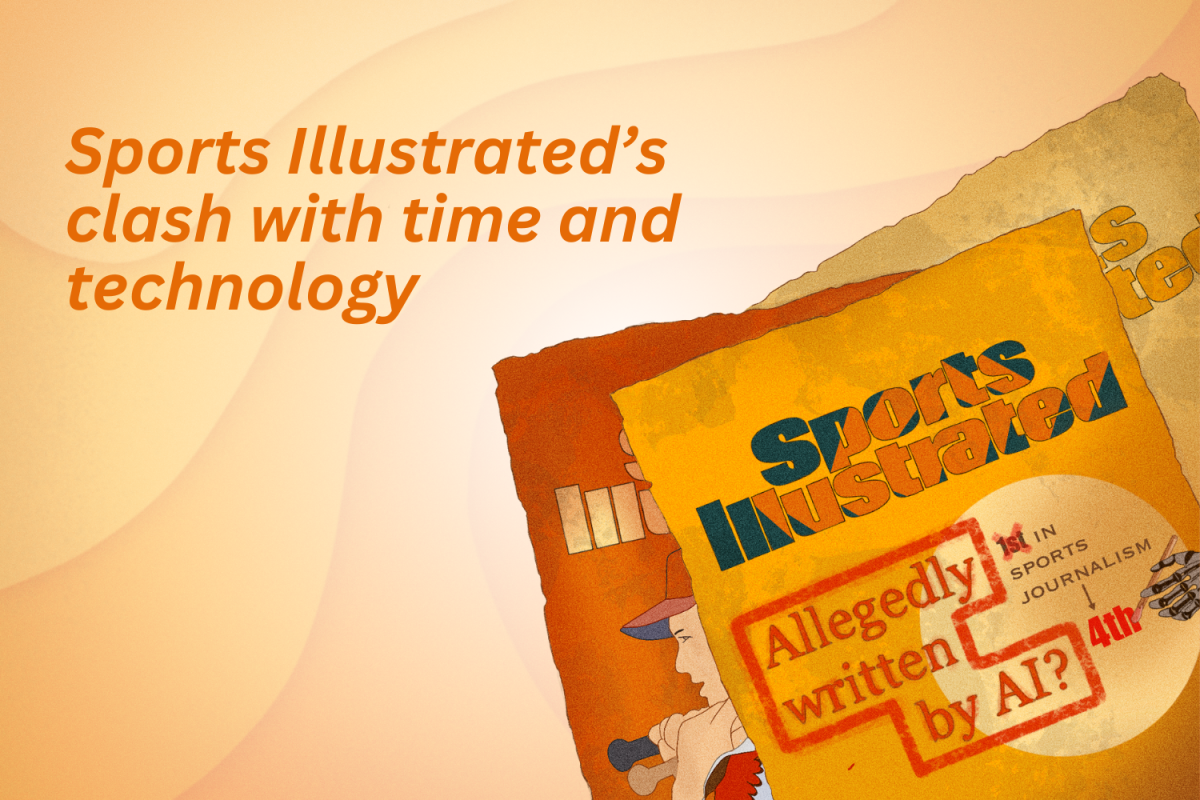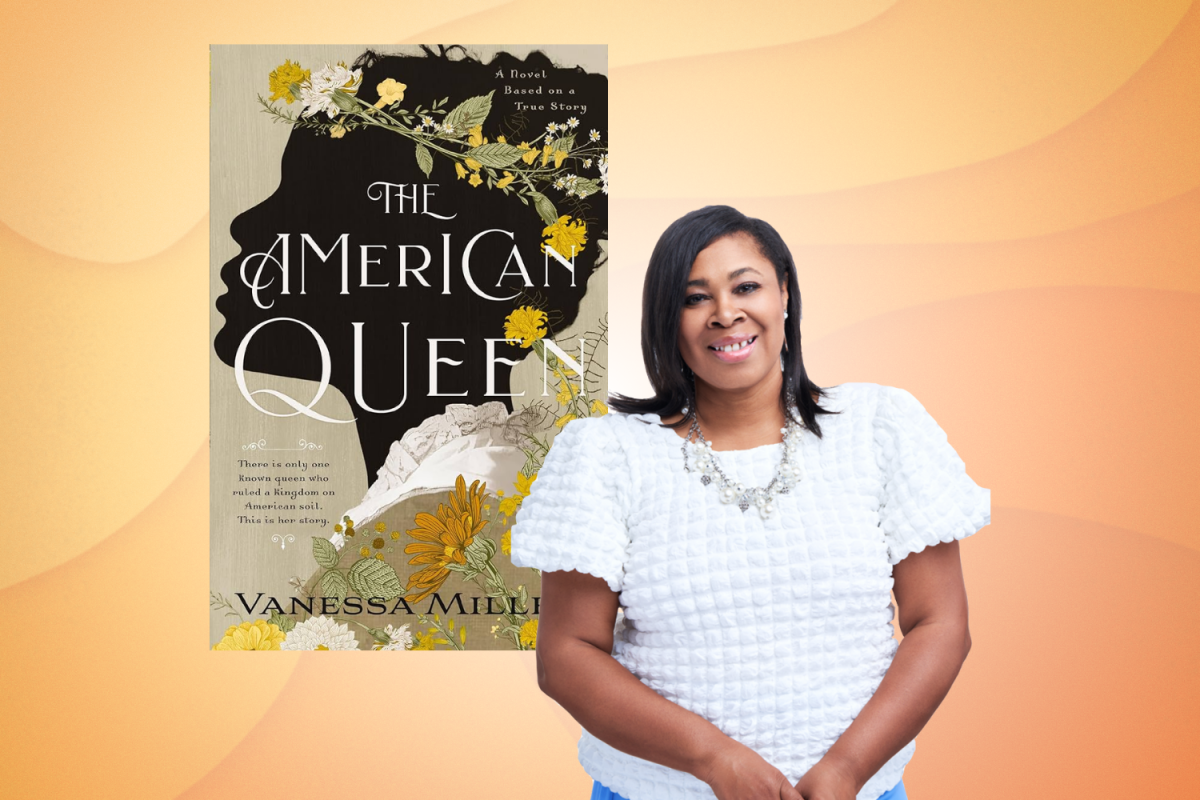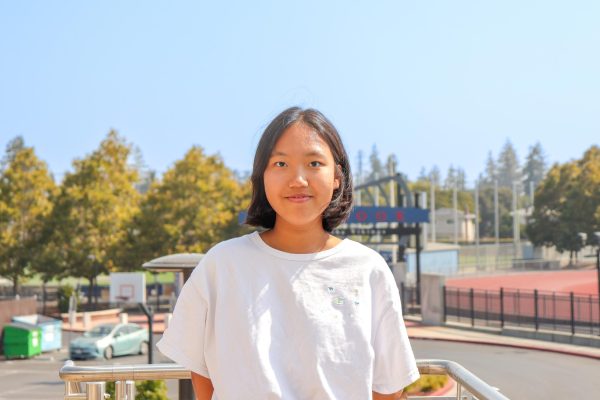A jumble of thoughts and emotions clouded my vision as stress piled atop my shoulders, the weight suffocating my chest; and yet, as my fingers slipped through the sturdy nylon strap of my camera to rest on the dials, I started to enter a state of calmness. Each picture carried a thousand words, and I felt a surge of relief and satisfaction with every shutter click. Ironically, I only started photography in sophomore year to fulfill my fine arts credits, not realizing what it would bring me, long past the conclusion of the class.
I entered my Photo & Design class, hesitant— I had never used a camera before. What even was photography? It was foreign, unfamiliar and stressful. I gingerly held my mother’s DSLR camera to school; it was a Nikon D5000 from 2009, an instrument bearing memories almost as old as I am.
The first few months were quite literally a blur as I squinted into the viewfinder to find the seemingly impossible perfect angle. Photos turned out too bright, too dark, too unfocused as my fingers fumbled over the dials. In an attempt to improve my skills, I dived headfirst into YouTube tutorials, but the more I rushed myself, the more smudges filled my images. Photography wasn’t like other subjects in that there was no correct way or specific guide to taking photos.
The most advice I received was to experiment with the camera — awfully helpful, I had thought — yet despite the vagueness of this answer, it was truly invaluable. As much as I initially dreaded completing contact sheets for the Photo & Design class, which required us to take 20 or more photos between each class on a specified unit, it forced me to actively look for unique things in the world around me, whether it be symmetry or complementary color schemes.
And thus, each day, I tried to see the world through the camera’s lens. On the walks to and from school, I peered down at the fragile sprigs and petals fluttering with the wind and imagined myself with the birds flying atop the trees. In particular, I enjoyed the macrophotography and portrait photography units as I focused on the details of all my subjects, whether it be the grooves of tree trunks or smile lines. Over time, I noticed the cracks in the sidewalk, the new spider web growing in between two wooden posts that wasn’t there a week ago, the particular way the sun refracted off the dewy leaves. I gained clarity, pressing the shutter button to a half stop as the lens adjusted. The rest of the world fell away; at that moment, there was just me, my camera and the subject.
Regardless of the occasion, photography helps me stay grounded. At large school events, where too many sounds and voices blend together, my lens narrows in on one specific moment, relieving myself of the distractions that clouded my mind just seconds ago. I get lost in the upbeat energy, breathless as I try to capture all the intense emotions surrounding me.
Even after taking the photos themselves, photography still offers opportunities for me to unwind through the art of editing. It can be surprisingly therapeutic, and my editing style often fluctuates with my mood as I decide whether to adopt a cold, cinematic look or warm, film tint. Photography is my form of meditation; I can look back on the pictures I take later and suddenly I am back on that concrete sidewalk, crouched against the bushes, eyes wide and holding my breath under goldenrod rays as I release the shutter button.
By using photography as a creative outlet, I try to confront and consolidate my feelings instead of repressing their existence. I make sure to capture the best and worst of days, so that someday in the future, I can look back and experience them all over again. When the pressure comes crashing down once more, perhaps a spark of light from my past will find its way to the present, reminding myself of all there once was, and all there could be.




























































